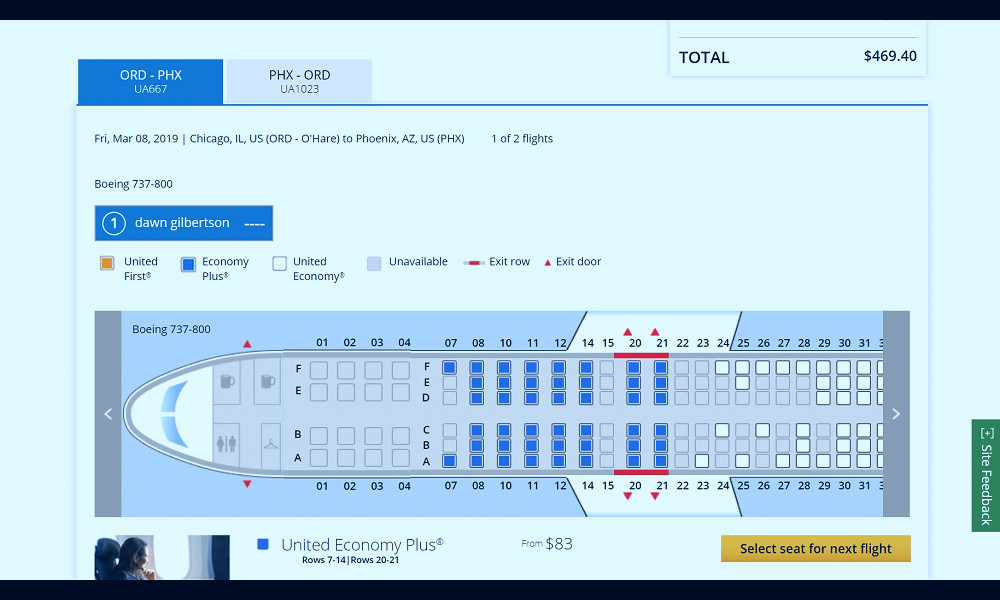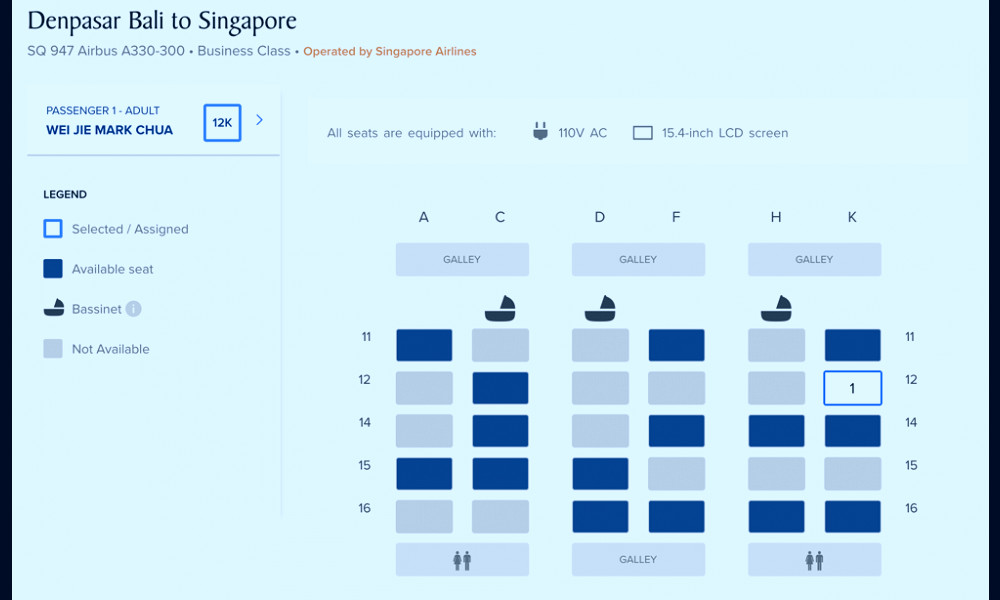
Master the Art of Choosing the Perfect Seat: Enhance Your Travel Experience Today!
Seat selection is a service offered by many airlines, allowing passengers to choose their own seat on the plane. It provides the opportunity to secure preferred seating in advance such as window seats, aisle seats, extra legroom seats, or seats closer to the front of the plane. This service is designed to enhance the travel experience, providing comfort, convenience, and peace of mind before embarking on your journey.
| Category | Airline Services |
| Service | Seat Selection |
| Availability | Available on most flights |
| Booking Time | At time of booking or up to 24 hours before departure |
| Types of Seats | Standard, Preferred, Extra Legroom |
| Price | Varies by flight and seat type |
| Change Policy | Changes allowed with extra fee, subject to availability |
| Refund Policy | Non-refundable, except in certain cases (such as flight cancellation) |
| Other Benefits | Early boarding, extra space, near front of the aircraft |
| Restrictions | May not be available on all flights, subject to availability |
| Online Booking | Available |
| App Booking | Available |
| In-flight Changes | Not available |
| Seat Map | Provided during booking process |
| Seat Width | Varies by aircraft and seat type |
| Seat Pitch | Varies by aircraft and seat type |
| Suitability | All passengers, including those with special needs (subject to airline's policy) |
Understanding Seat Categories
Before choosing a seat, it's essential to understand the different seat categories available on most flights. These typically include economy, premium economy, business, and first class. Each category provides different levels of comfort, amenities, and service and is priced accordingly. Read more
Importance of Seat Pitch and Width
The seat pitch and width are crucial factors influencing comfort during a flight. The seat pitch is the distance between a point on one seat and the same point on the seat in front of it, which determines legroom. The seat width is the distance between the armrests of a seat. Read more
Location Preferences
Depending on your preferences, you might prefer a window seat for the view and wall support, an aisle seat for extra legroom and ease of movement, or a middle seat if traveling with a group. Read more
Extra Legroom Seats
Some airlines offer 'Extra Legroom' seats typically located in the exit rows or at the front of the cabin. These seats come at a premium but can significantly enhance your comfort on long-haul flights. Read more

Reclining Abilities
The ability to recline your seat can make a world of difference, especially on a long flight. However, seats situated in front of an exit row or at the very back of the plane may have limited reclining capabilities. Read more
Proximity to Amenities
Seats closer to the lavatories and galleys may have more foot traffic and noise but offer convenience. If you prefer a quieter environment, choose a seat further away from these areas. Read more
Seat Map Availability
Most airlines provide a seat map during the booking process. This tool allows you to view the interior layout of the aircraft, helping you make an informed seat selection based on your preferences. Read more
Special Needs Accommodation
If you have special needs, such as wheelchair access or traveling with an infant, ensure to communicate these to the airline. They can recommend appropriate seating to accommodate your needs. Read more

Seat Reviews
Websites like SeatGuru provide detailed seat maps and reviews, offering insights on the best and worst seats on specific aircraft models based on traveler feedback. Read more
Early Booking
The earlier you book your flight, the better your chances of securing your preferred seat. Booking early also usually means you can avoid the rush and stress of last-minute seat selection. Read more
Facts
1. The Origins of Apple:Founded in 1976 by Steve Jobs, Steve Wozniak, and Ronald Wayne, Apple was initially a company that sold computers. The Apple I, as the first product was called, was followed by the Apple II, which was the first mass-market personal computer. It wasn't until 2007, however, that Apple would release the product it is most known for today: the iPhone.
2. The Apple Logo:
The first Apple logo was actually a complex picture of Isaac Newton sitting under an apple tree. The iconic bitten apple logo came about in 1977, designed by Rob Janoff. The bite was added to the apple so that people wouldn't mistake it for a tomato.
3. Apple's Innovation:
Apple is renowned for its innovation, introducing the world not only to the iPhone but also to the iPad, iPod, and Apple Watch. The company's dedication to innovation is part of what has kept it at the forefront of the tech industry for so long.
4. Apple Stores:
The glass cube Apple Store on New York's Fifth Avenue is one of the most recognised landmarks in the world. But did you know that it's also one of the most photographed? It's not just this store either, Apple's unique and stylish store design makes them all a must-see.
5. The Name 'Apple':
The name 'Apple' was chosen by Steve Jobs because he was on a fruitarian diet and thought the name was fun, spirited and not intimidating. It's certainly a name that has stuck, and now it's synonymous with innovation and design.
6. Apple's Products:
From the MacBook to the iPhone, Apple's products are known for their sleek design, user-friendly interface, and, of course, their price. Apple is a premium brand and its products come with a premium price tag.
7. Apple's Software:
Apple's operating systems, iOS and macOS, are known for their stability and security. They are also known for their exclusivity, as they can only be used on Apple devices.
8. Apple's Impact:
Apple's products have revolutionized the way we live, work, and play. The iPhone changed the mobile phone industry, the iPod changed the music industry, and the iPad changed the way we consume media.
9. Apple's Financial Success:
Apple became the first U.S. company to surpass $1 trillion in market capitalization in 2018. This financial success has made it one of the most valuable companies in the world.
10. Apple's Future:
Apple continues to innovate, with rumours of an Apple car and a virtual reality headset in the works. It's clear that Apple's mission to think different is far from over.
Read more
 Seat Selection - Pacific Coastal Airlines - Official Website
Seat Selection - Pacific Coastal Airlines - Official Website Advance Seat Selection | Singapore Airlines
Advance Seat Selection | Singapore Airlines Seat selection - EasyBiz user guide
Seat selection - EasyBiz user guide How to Book Airline Seats with Alternative Airlines
How to Book Airline Seats with Alternative Airlines Why You Should Never Pay To Select Seats - Flytrippers
Why You Should Never Pay To Select Seats - Flytrippers Don't Forget to Choose Your Seats!
Don't Forget to Choose Your Seats! Requesting Airline-Assigned Seats
Requesting Airline-Assigned Seats Get Help with Flights, Hotels, & Car Rental Bookings - CheapAir
Get Help with Flights, Hotels, & Car Rental Bookings - CheapAir How to Integrate Airline Seat Maps | AltexSoft
How to Integrate Airline Seat Maps | AltexSoft How to select seats on partner bookings
How to select seats on partner bookings Online seat selection, Seat selection, Seat number - Spring Airlines
Online seat selection, Seat selection, Seat number - Spring Airlines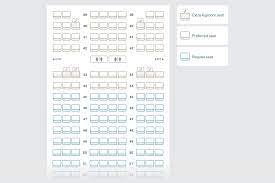 Reserve your seat
Reserve your seat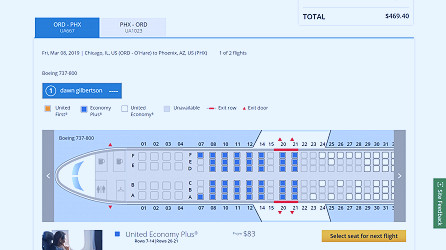 Seat selection fees: United joins Delta and American with new charges
Seat selection fees: United joins Delta and American with new charges How to Avoid Seat Selection Fees (2021) | Airfarewatchdog Blog
How to Avoid Seat Selection Fees (2021) | Airfarewatchdog Blog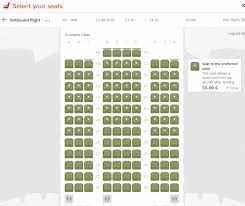 Austrian Airlines | 3D SeatMapVR by Renacen
Austrian Airlines | 3D SeatMapVR by Renacen Previewing Seat Maps
Previewing Seat Maps United Airlines Seat Selection: What to Know - NerdWallet
United Airlines Seat Selection: What to Know - NerdWallet How to Avoid Seat Selection Fees (2021) | Airfarewatchdog Blog
How to Avoid Seat Selection Fees (2021) | Airfarewatchdog Blog Singapore Airlines quietly increases seat selection fees - Mainly Miles
Singapore Airlines quietly increases seat selection fees - Mainly Miles Duffel's Seat Selection Component: Build a beautiful and intuitive flight checkout | Duffel
Duffel's Seat Selection Component: Build a beautiful and intuitive flight checkout | Duffel 